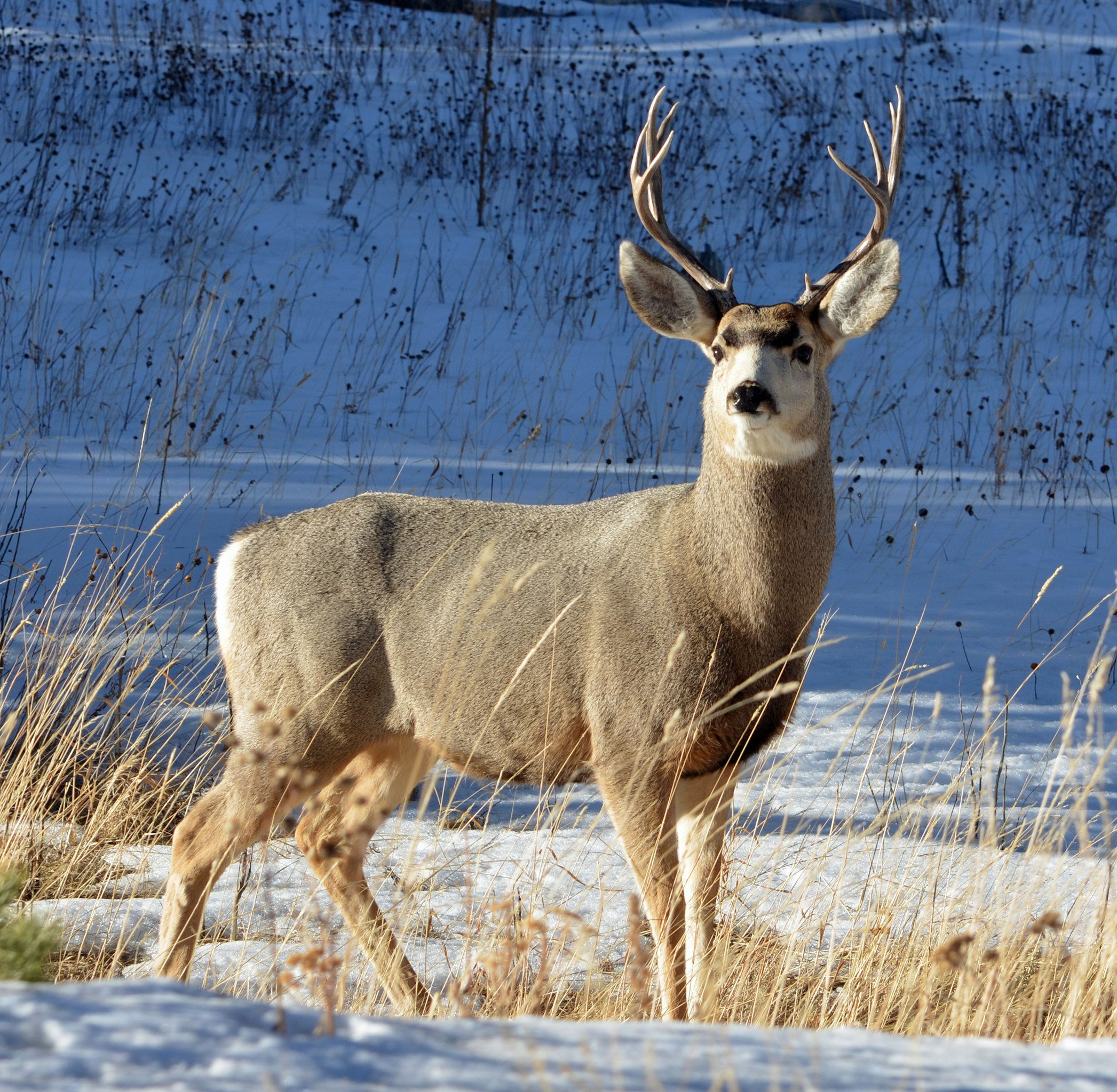Feeding deer in winter is a common practice among people who want to help these animals survive during the harsh winter months. Also, many people enjoy observing deer up close and personal, and feeding them can be a fun activity for families and children.
Whitetail deer are often seen in many places, and it’s natural to want to help them in the tough winter months. But giving them food during winter can be both good and bad for them.
According to experts, deer don’t have a lot of fat stored up for winter. A study found that a healthy female deer starts winter with enough fat for about 90 days. As the months go by, this fat gets used up, especially in March, which is a crucial time for deer survival. The winter season poses difficulties for deer, serving as nature’s method of removing weaker individuals from the herd.
It’s best to give them the foods they’re used to eating in winter, like buds and twigs from trees. Adding new foods in the middle of winter, especially a lot at once, might hurt the deer more than not feeding them at all because of their delicate digestive tract.
In winter, whitetail deer typically eat twigs, buds, and evergreen tree leaves. They also munch on leftover crops like corn and soybeans, as well as whatever plants they can find around. These foods help them stay full when their usual meals are hard to find.
If you still want to feed deer, here are the good and bad parts:
Good things about feeding deer:
Helps them when food is hard to find in winter. Let’s you watch deer up close, which can be fun. Can be a nice activity for families.
Bad things about feeding deer:
Might make them rely on humans for food, causing problems when the feeding stops. Bringing many deer together might spread diseases. Too much feeding can lead to too many deer, harming nature and causing more car accidents.
If you decide to feed deer:
Remember, giving deer treats like carrots, apples, and pumpkins might not be good for them. These foods have lots of sugar and can upset their stomachs. Instead, try giving them natural foods like twigs and buds that they already eat in winter.
Give them a little food only in winter. Use special feeders or spread the food around to avoid attracting other animals. Don’t give them processed or human foods that could make them sick. Make sure your feeding doesn’t change how they act or where they live.
In short, feeding deer in winter can be nice, but it’s important to be careful. By following these tips and not giving them bad foods, you can help keep deer healthy and happy during the tough winter months.












